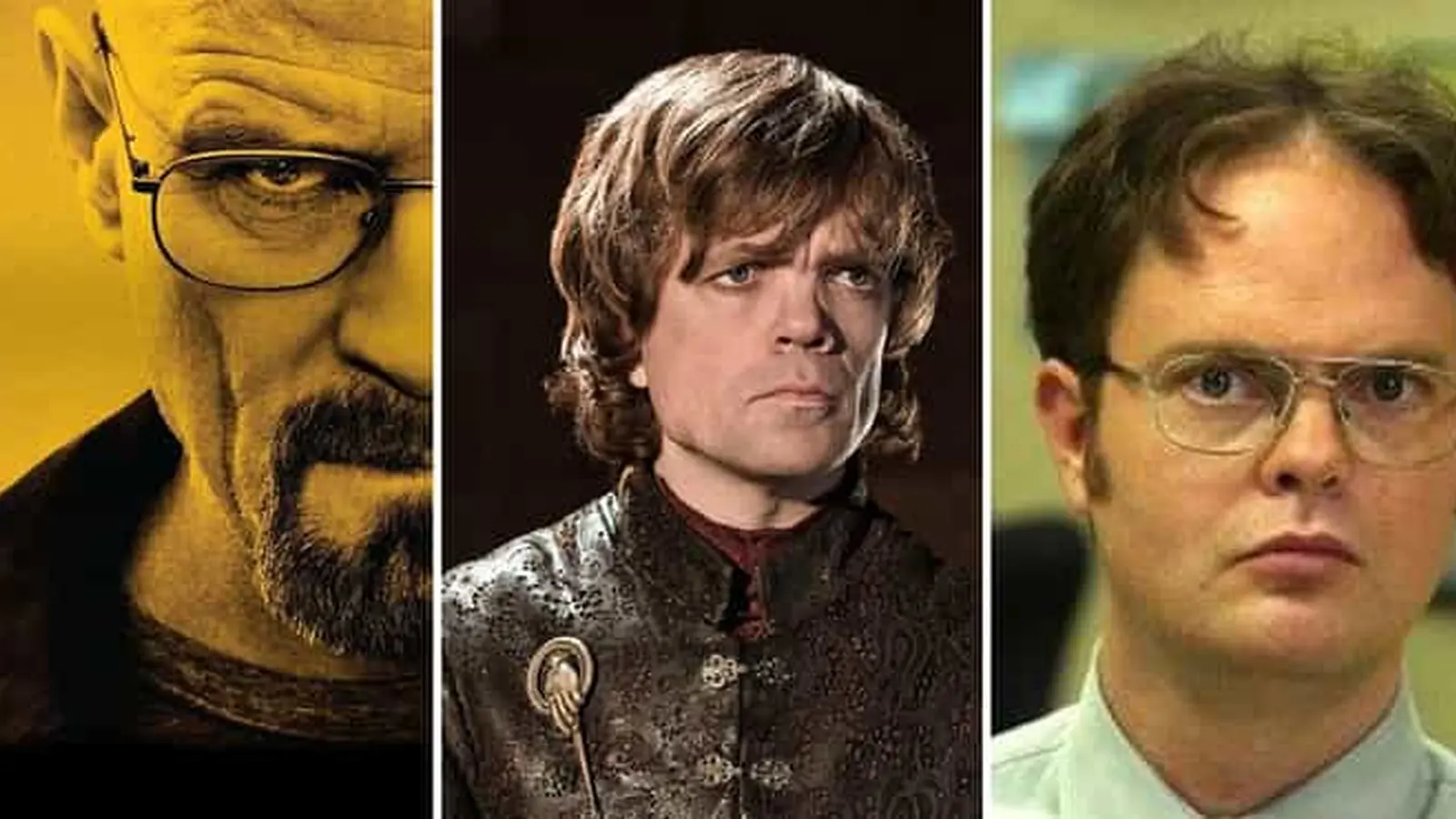6 Minutes
Introduction: Why certain TV protagonists become cultural landmarks
Great television is a blend of sharp writing, memorable visuals and — above all — unforgettable characters. From animated patriarchy to morally ambiguous mob bosses, the protagonists who anchor a series often do the heavy lifting: they carry narrative arcs, invite audience empathy, and become shorthand for entire genres. Below we revisit six of the most iconic main characters in TV history, exploring what made each one compelling, how they influenced television trends, and some behind-the-scenes trivia that deepened their cultural impact.
Tony Soprano (The Sopranos): The antihero who launched prestige TV
Tony Soprano, created by David Chase and embodied by James Gandolfini, fused domestic vulnerability with ruthless criminality. The show’s willingness to place a psychiatrist and a family man at the center of organized crime dramatized the complexity of modern antiheroes. The Sopranos helped usher in the golden age of television drama by proving that audiences would follow morally compromised protagonists for layered psychological storytelling.
Context and trivia
Fun fact: The Sopranos’ cinematic approach — slow-burning scenes, morally ambiguous arcs, and cinematic production values — influenced later prestige dramas such as Breaking Bad and Mad Men. Critics often credit Tony Soprano as a blueprint for multi-dimensional TV leads who aren’t always likable but are endlessly fascinating.
Homer Simpson (The Simpsons): A comedic subversion of the family sitcom
Homer Simpson exploded the idealized TV dad archetype when Matt Groening introduced him in The Simpsons. Homer’s laziness, cluelessness, and surprising tenderness became a cultural touchstone for irreverent animated comedy. Over more than three decades, Homer redefined what a show could do with satire, blending slapstick and social commentary while influencing animated series from South Park to Rick and Morty.
Context and trivia
Trivia: Matt Groening named Homer after his own father. The Simpsons also helped mainstream primetime animation for adults and played a major role in the rise of long-form serialized yet episodic storytelling on network TV.

Walter White (Breaking Bad): A modern Shakespearean fall
Vince Gilligan’s Breaking Bad charts Walter White’s transformation from a sympathetic high school chemistry teacher into a meth kingpin. Walt’s evolution is one of television’s most studied character arcs — a portrait of pride, desperation and the corrosive pursuit of power. Similar to Tony Soprano, Walter belongs to the lineage of tragic antiheroes, but Breaking Bad’s tight, cinematic storytelling and moral clarity set it apart within the crime drama genre.
Comparisons
Where Tony often balances familial tenderness and violence, Walt’s trajectory is more explicitly about hubris and self-destruction. Breaking Bad’s visual language and narrative economy have influenced later crime dramas and streaming-era limited series that focus on transformation.
Michael Scott (The Office): An awkward comedy that taught us to care
Michael Scott (Steve Carell) began as an antagonistic comedic force: tone-deaf, politically incorrect and socially awkward. Over the seasons, Michael’s emotional growth turned him into a surprisingly sympathetic lead. The Office — an American adaptation of Ricky Gervais’s UK format — demonstrated how mockumentary style and cringe comedy could coexist with authentic sentiment and character development.
Industry insight
The Office helped popularize workplace sitcoms with documentary aesthetics, paving the way for shows that blend improvisation and structured comedic beats. Carell’s departure to pursue film roles is one example of TV’s evolving relationship with movie-star talent during the 2000s.
Tyrion Lannister (Game of Thrones): Wit as survival
Tyrion Lannister became a fan favorite for his intelligence, moral nuance and sardonic humor. Played by Peter Dinklage, Tyrion offered a rare combination of vulnerability and strategic ruthlessness that helped Game of Thrones cross from genre epic to mainstream phenomenon. As politics, betrayal and power struggles dominated the show, Tyrion’s voice often articulated the series’ moral center.
Comparisons and trivia
Game of Thrones’ TV adaptation of George R.R. Martin’s novels transformed fantasy TV into blockbuster-scale production, influencing later streaming-era fantasy series. Peter Dinklage’s performance won multiple awards and made Tyrion one of television’s most quoted characters.
Saul Goodman / Jimmy McGill (Better Call Saul): A character study in decline
What began as comic relief in Breaking Bad became a full moral anatomy in Better Call Saul. Bob Odenkirk’s Jimmy McGill is studied, slow-burning and tragic: his transition into Saul Goodman explores ethics, ambition and the small compromises that add up to catastrophe. The prequel deepened audiences’ understanding of Breaking Bad’s universe and proved that spin-offs can surpass expectations when they commit to character-driven storytelling.
Behind the scenes
Better Call Saul’s meticulous pacing and legal-world authenticity earned it critical praise, and showrunners Vince Gilligan and Peter Gould were lauded for expanding a beloved universe without resorting to fan service alone.
Expert perspective
"Television characters like these do more than entertain — they reflect cultural anxieties and aesthetic shifts in the industry," says cinema historian Elena Rossi. "Their legacies persist because they were crafted at moments when TV was redefining itself, from network sitcoms to streaming-era prestige dramas."
Conclusion: What these characters teach creators and audiences
These six leads share a few traits: complexity, contradiction and the ability to evolve. Whether they shaped the antihero trend, normalized adult animation, or showed how a spin-off can be its own masterpiece, their influence is still visible across streaming platforms, awards circuits and pop culture. For writers, actors and showrunners, they are templates and warnings — proof that character-first storytelling resonates most deeply. As television continues to adapt to global streaming audiences, expect more protagonists who blur lines, provoke debate, and endure long after the final credits roll.
Source: thoughtcatalog



Leave a Comment